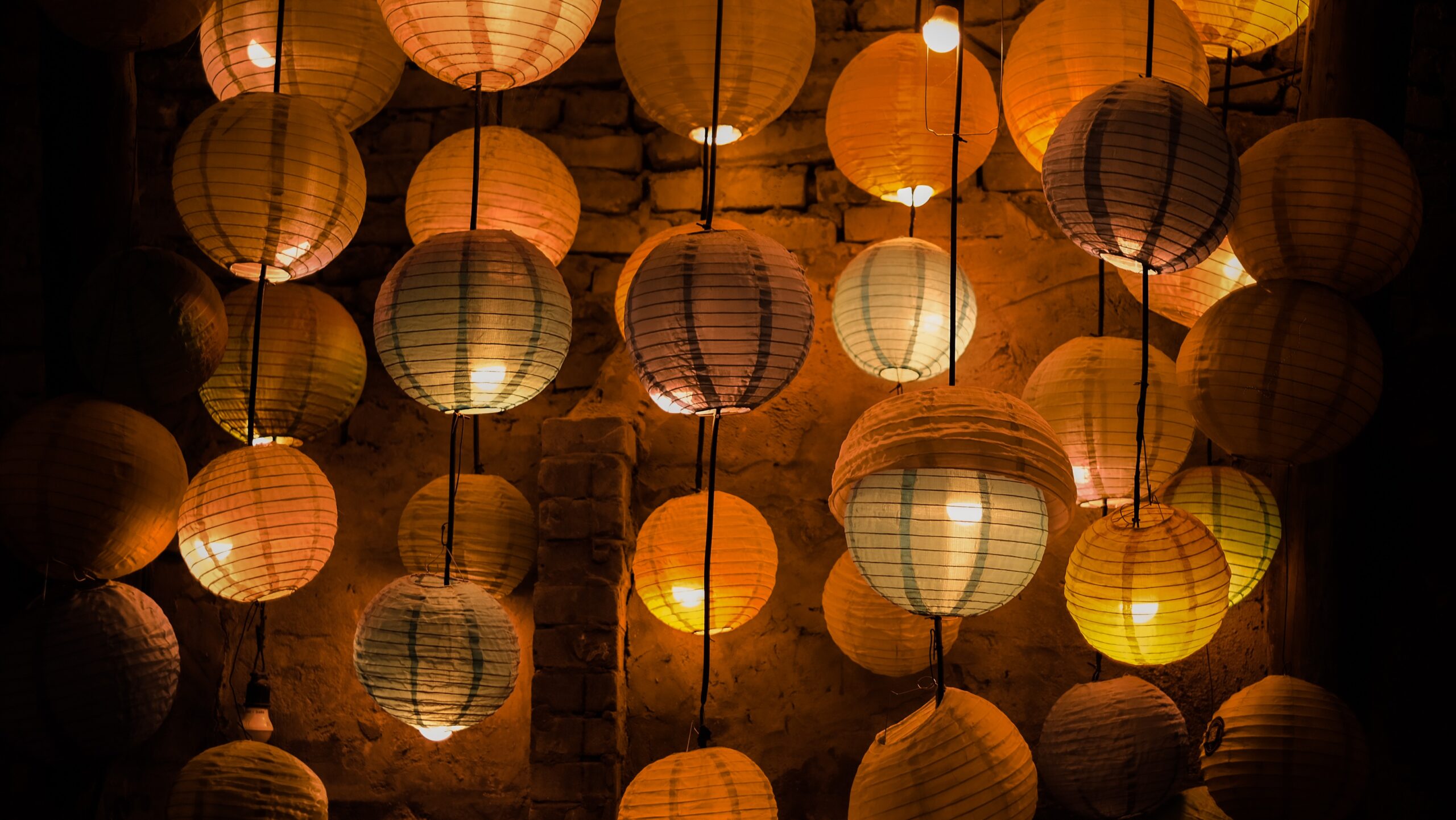Project 04 | Light pollution
This is my final video.
Light pollution is the presence of unwanted, inappropriate, or excessive artificial lighting. In a descriptive sense light pollution refers to any poorly implemented lighting, during the day or night, and can be found as an issue throughout the levels of our societies. Impacting all the way from the individual level, such as from an unwanted blinking light on a consumer product, to a community level, like a new urban development impacting existing communities from poorly planned street lights. Light pollution can also be understood as a phenomenon that refers not only to a specific source of pollution, but to the wider collective impact of intersecting sources of pollution.
Although this type of pollution can exist throughout the day, its effects are magnified during the night with the contrast of darkness. It has been estimated that 83 percent of the world’s people live under light-polluted skies and that 23 percent of the world’s land area is affected by skyglow. The area affected by artificial illumination continues to increase. As a major side-effect of urbanization, light pollution is blamed for compromising health, disrupting ecosystems, and spoiling aesthetic environments.
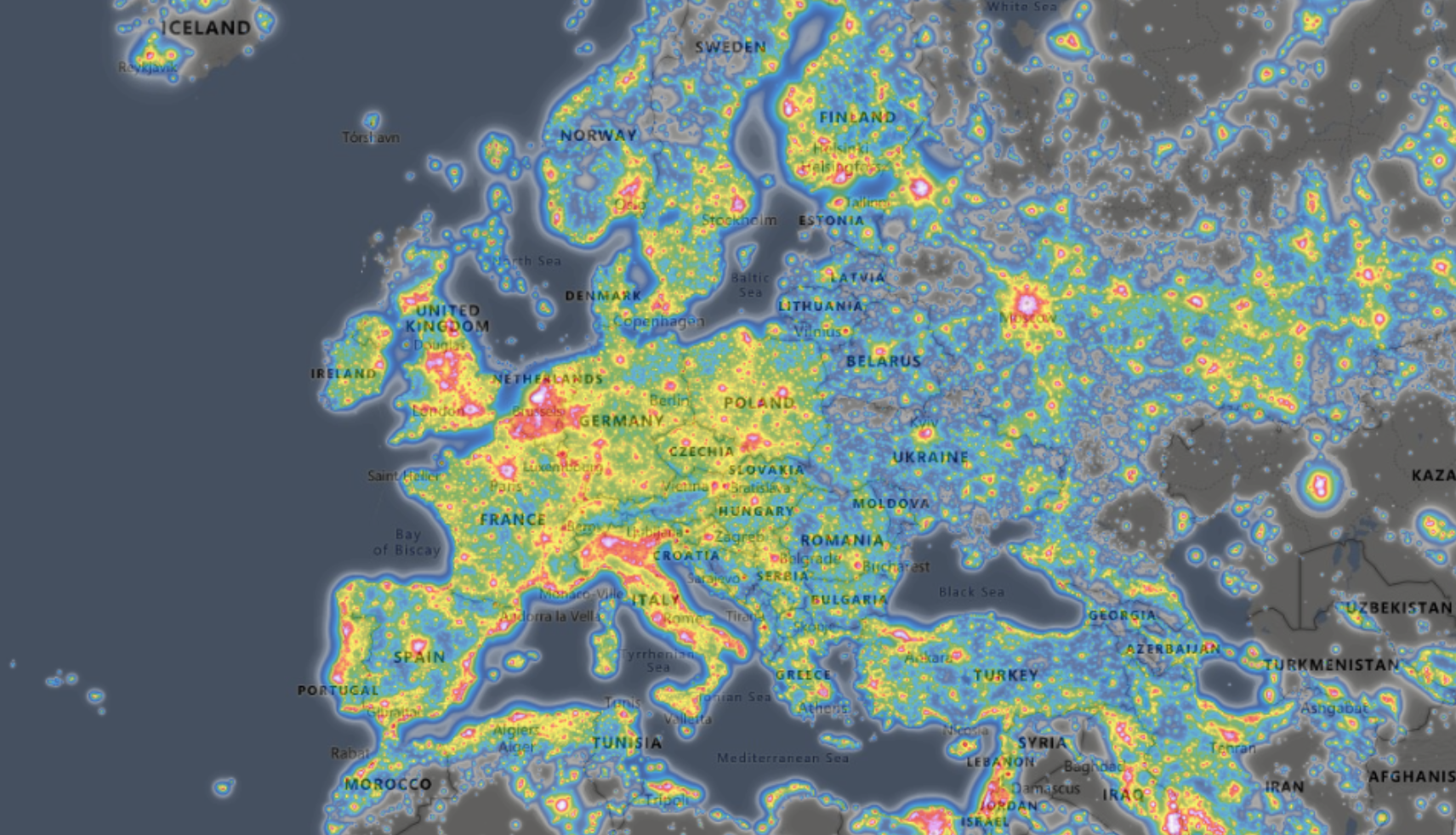

My topic is about light pollution.
The idea is to design a plane vision system for a park to control the lighting system in the park at night. When there are no pedestrians, the park’s lighting system is off. When someone passes by, pedestrians can trigger the light sensor and the park lights automatically turn on. This not only reduces artificial light pollution, but also reduces energy consumption, and has a safer impact on the park’s flora and fauna.
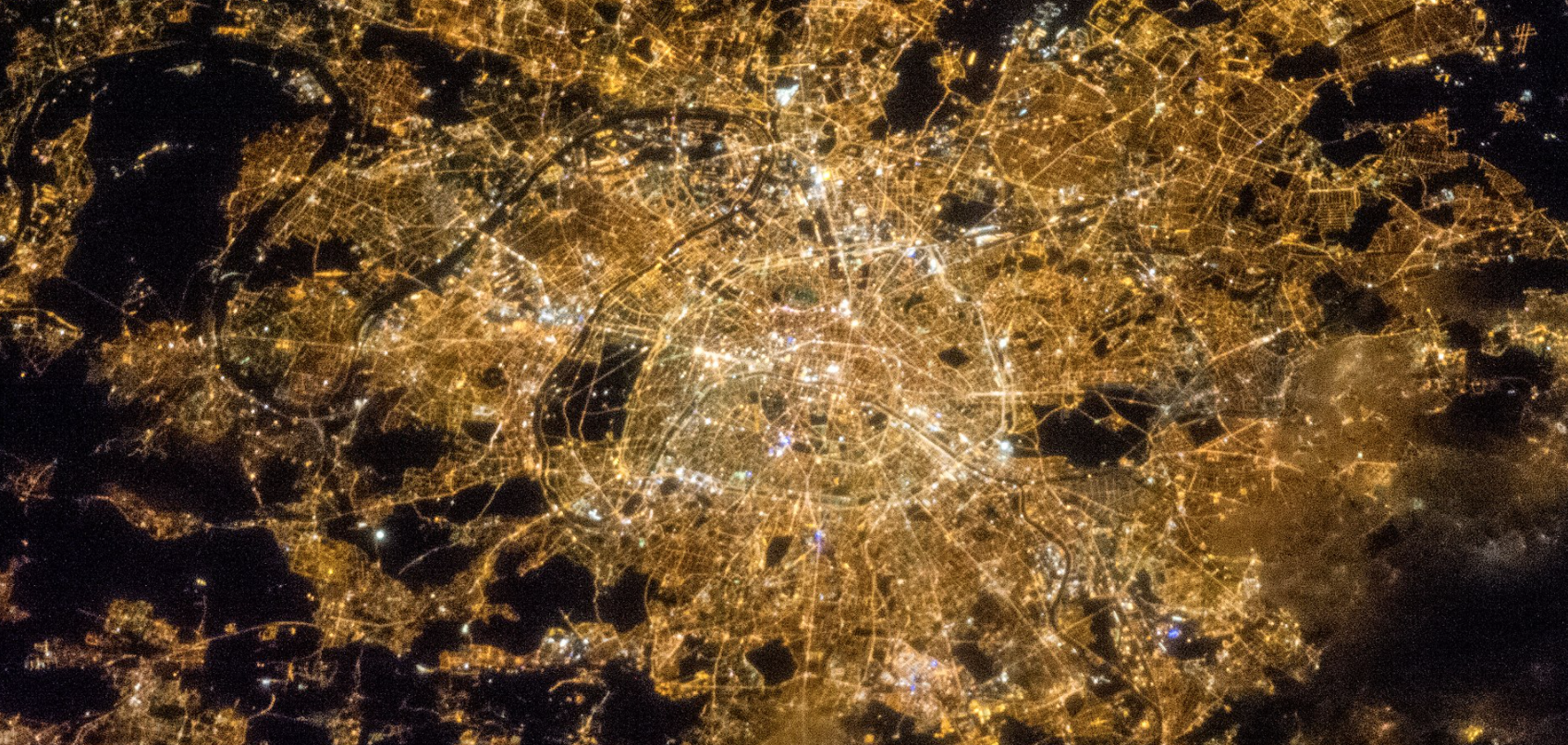

Comparing two pictures of stars, one is taken in the city, the other is taken in the wilderness. The stars in the apparent wilderness are clearer and brighter, with no significant impurities in view.
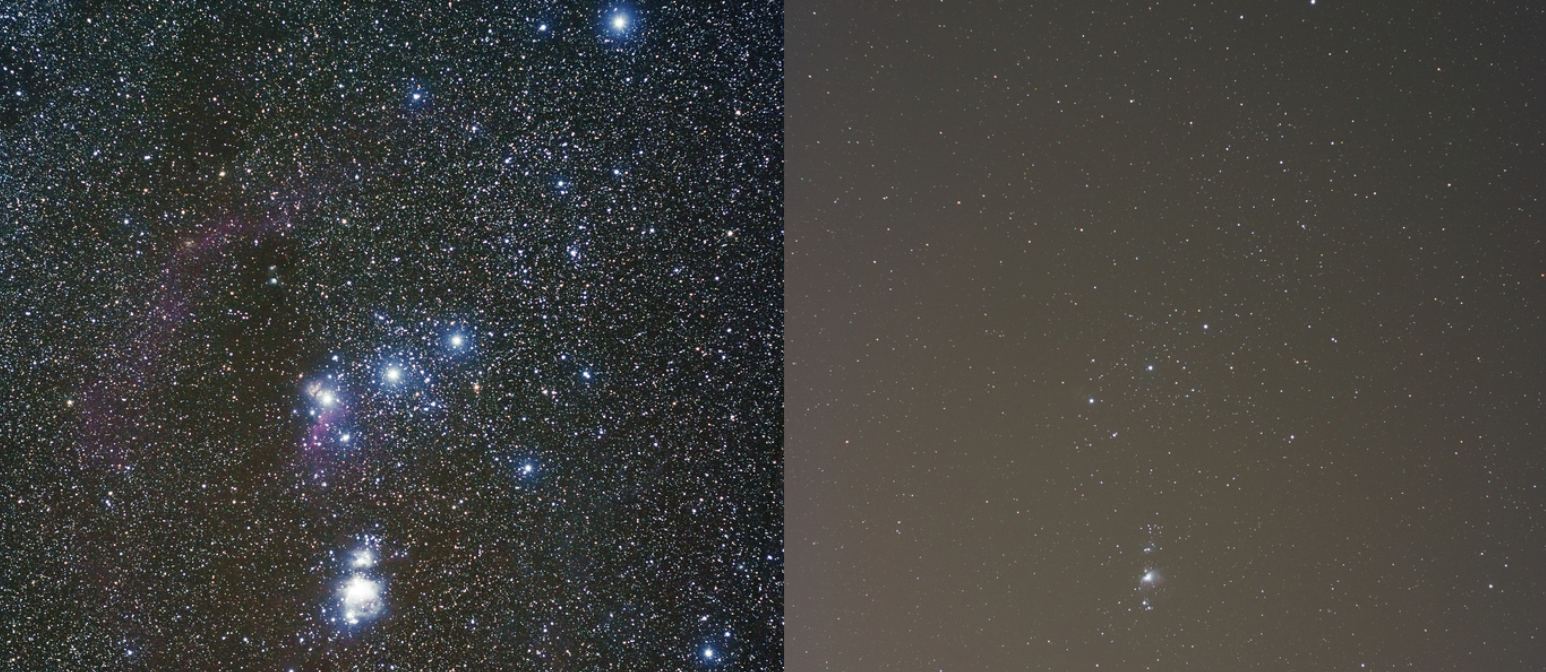
Through the study of light, we can find out which of the four light angles is less harmful, and the type of light is also one of the key factors affecting light pollution. At present, there are many medium light sources in the market, and many bioluminescent energy sources are under research. Energy saving is also a means to reduce light pollution. Therefore, I plan to study this direction.



This is a poster I made of two species affected by light pollution.
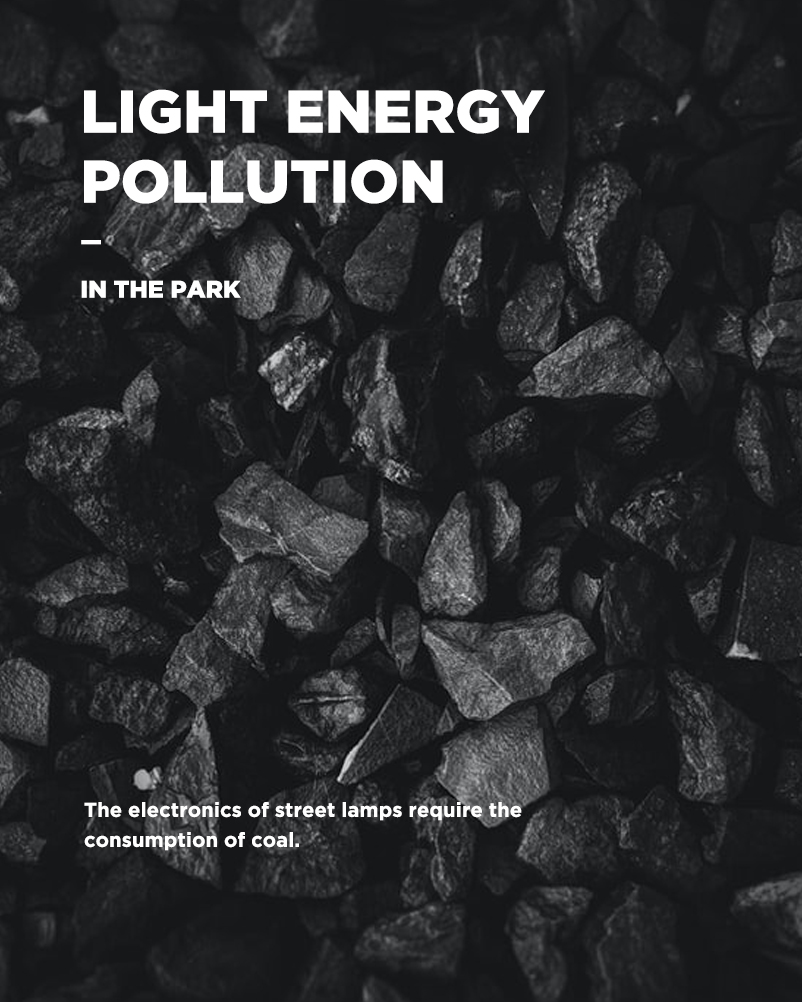


This is the draft composition for the split mirror, which enters into the light pollution environment from the beginning of the lamp. A large number of advertising signs are still on at night. Dazzling car lights, street lamps in the park, viaducts, passing vehicles and bright apartment lights, all of which are light elements that we can see in daily life, are emitting different light pollution. In the end, the scene turned to the burning emissions of coal and oil resources, expressing that while light pollution, the production of light also consumes a lot of energy.

Thank you.
Liam


